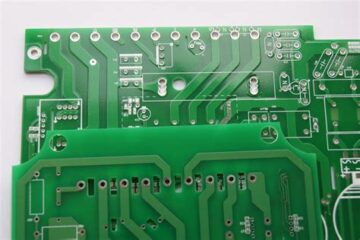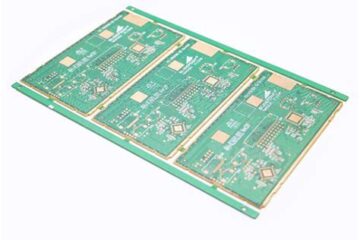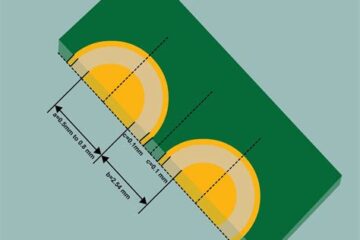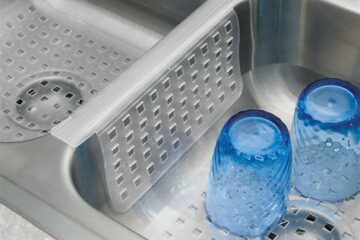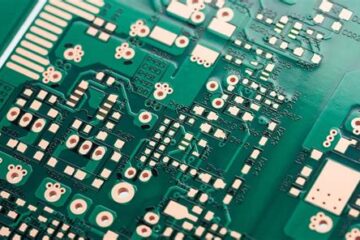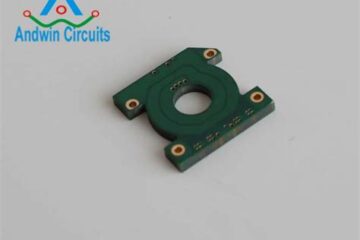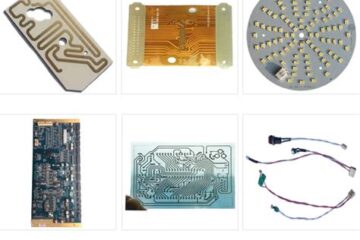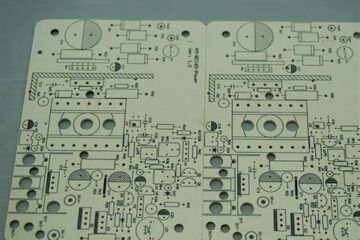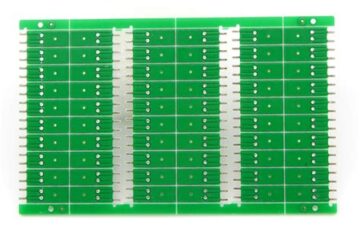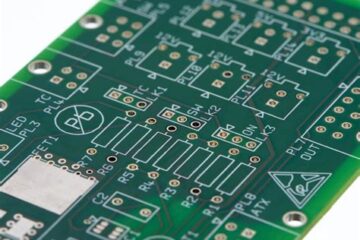PCBA
What are Heavy Copper PCBs?
Characteristics of Heavy Copper PCBs Increased Copper Thickness The defining characteristic of Heavy Copper PCBs is the increased thickness of the copper traces. While standard PCBs typically have copper thicknesses ranging from 1 oz to 3 oz per square foot (35 µm to 105 µm), Heavy Copper PCBs can have copper thicknesses of 4 oz to 20 oz per square foot (140 µm to 700 µm) or even higher in some cases. This increased copper Read more…
